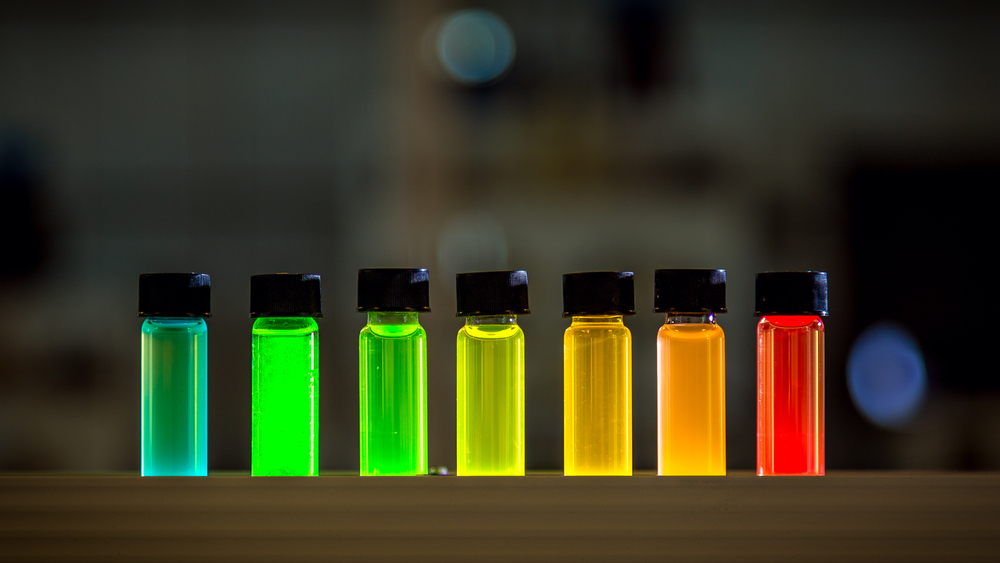Scaling up perovskite solar cells with quantum dots

Scientists replace titanium dioxide electron-transport layer with layer of polyacrylic acid–stabilised tin(IV) oxide quantum dots
One of the obstacles facing the commercialisation of perovskite solar cells is that their power-conversion efficiency and operational stability drop as they scale up, making it a challenge to maintain high performance in a complete solar cell.
The problem is partly with the cell’s electron-transport layer, which ensures that the electrons produced when the cell absorbs light will transfer efficiently to the device’s electrode. In perovskite solar cells, the electron-transport layer is made with mesoporous titanium dioxide, which shows low electron mobility, and is also susceptible to adverse, photocatalytic events under ultraviolet light.
In a new publication in Science, an international team of scientists led by Michael Grätzel at EPFL in Switzerland and Dong Suk Kim at the Korea Institute of Energy Research have found an innovative way to increase the performance and maintain it at a high level in perovskite solar cells even at large scales. The innovative idea was to replace the electron-transport layer with a thin layer of quantum dots.
The scientists replaced the titanium dioxide electron-transport layer of their perovskite cells with a thin layer of polyacrylic acid–stabilised tin(IV) oxide quantum dots, and found that it enhanced the devices’ light-capturing capacity, while also suppressing nonradiative recombination, an efficiency-sapping phenomenon that sometimes takes on the interface between the electron-transport layer and the actual perovskite layer.
By using the quantum dot layer, the researchers found that perovskite solar cells of 0.08 square cm attained a record power-conversion efficiency of 25.7 percent (certified 25.4 percent) and high operational stability, while facilitating the scale-up. When increasing the surface area of the solar cells to 1, 20, and 64 square centimeters, power-conversion efficiency measured at 23.3, 21.7, and 20.6 percent respectively.
REF
'Polymer-stabilized SnO2 quantum dot electron transporters for efficient perovskite solar cells' by Minjin Kim et al; Science 21 January 2022.


































